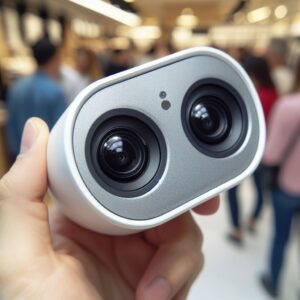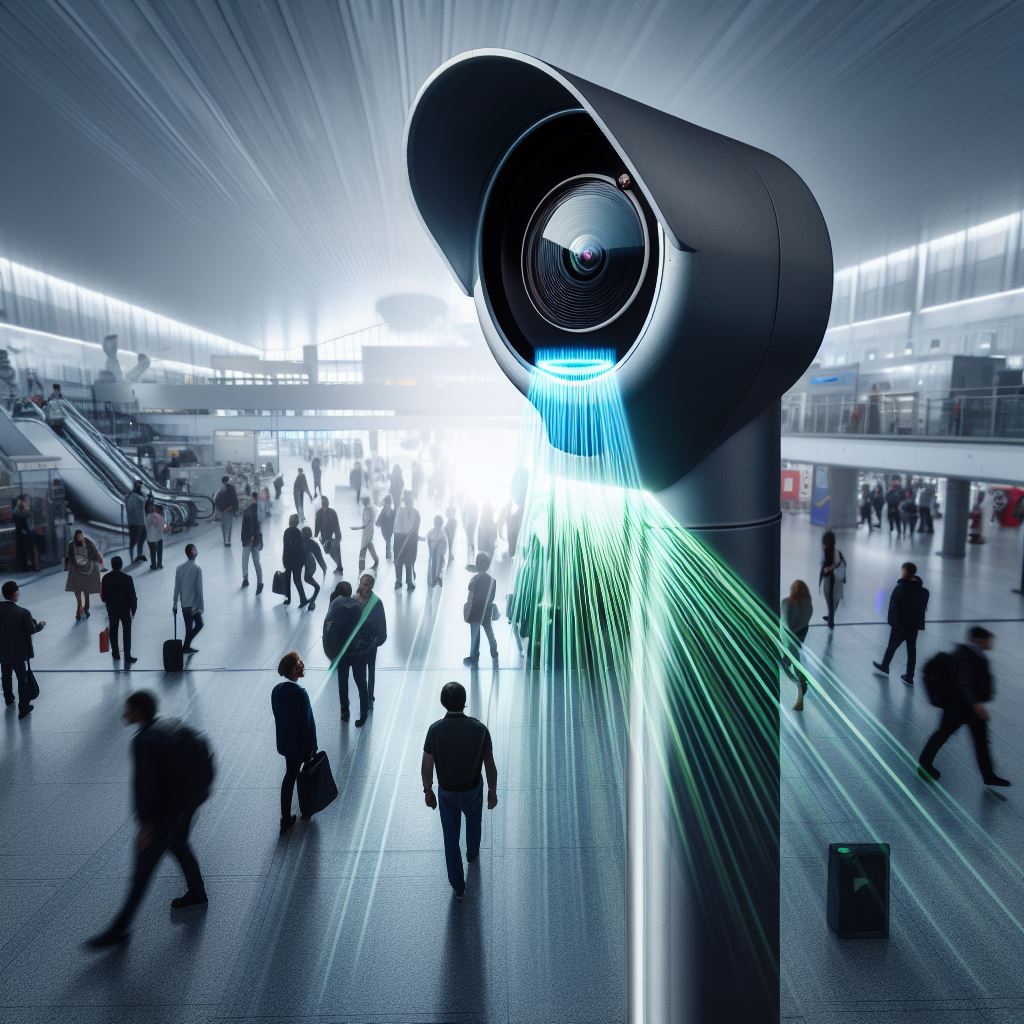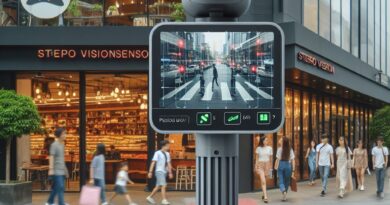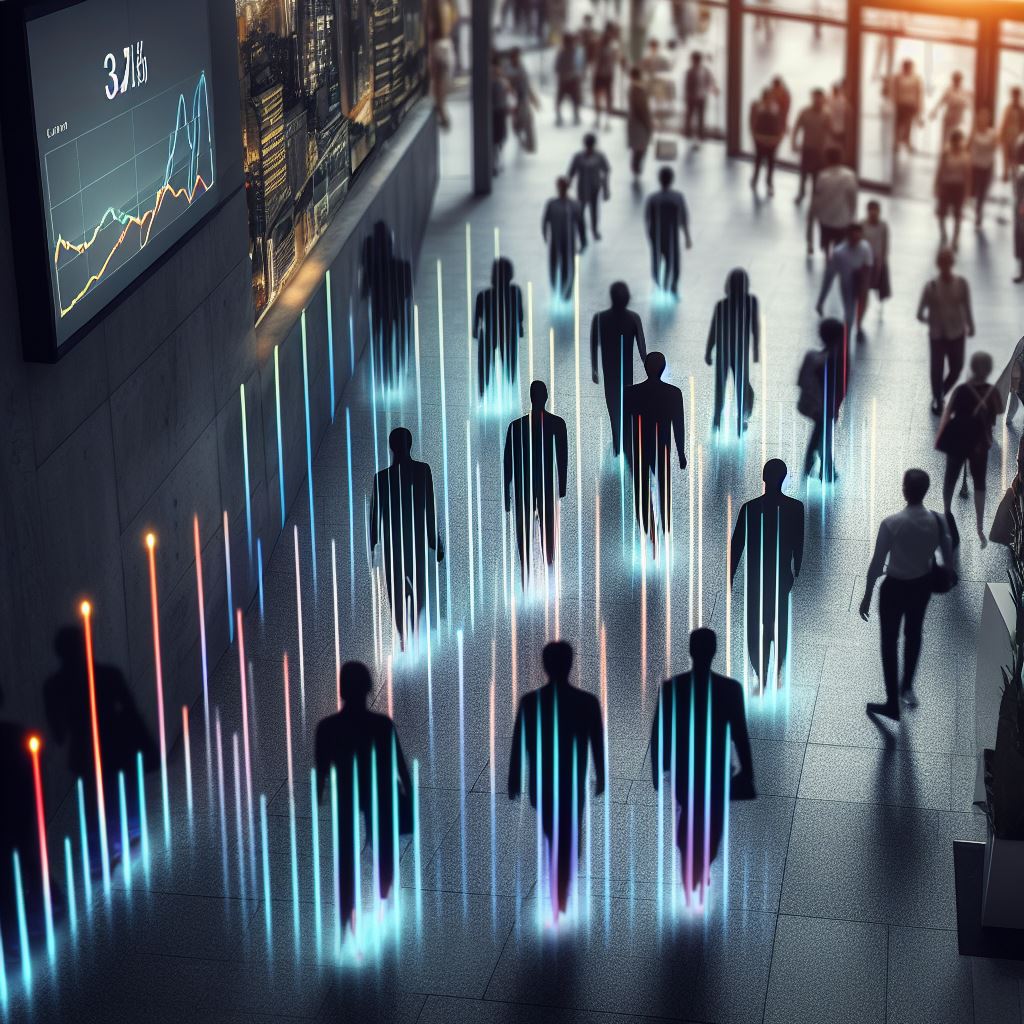Your Comprehensive Guide to People Counting
Introduction: In a rapidly evolving world, accurate and efficient people counting has become more critical than ever. Whether you’re a retail business owner striving to understand foot traffic, a smart city planner optimizing urban spaces, or a safety-conscious facility manager monitoring occupancy, 3D sensors have emerged as a groundbreaking technology for counting people. In this article, we will answer some of the most searched questions about 3D sensors and how they revolutionize people counting.
1. What are 3D sensors for people counting? 3D sensors are advanced technological devices that use depth-sensing technology to detect and count individuals within a specified area. These sensors create a three-dimensional map of the environment, allowing them to differentiate between objects and accurately count people even in complex scenarios.
2. How do 3D sensors work for people counting? 3D sensors use various methods to detect and count people. The most common approach involves emitting infrared light or laser beams and measuring the time it takes for the light to bounce back. By calculating the distance between the sensor and objects in the environment, the system can determine the presence and location of individuals, ultimately enabling accurate people counting.
3. What are the advantages of using 3D sensors for people counting?
- Accuracy: 3D sensors offer unparalleled accuracy in people counting. They can distinguish between individuals, reducing the margin of error compared to traditional methods.
- Privacy: Unlike camera-based systems, 3D sensors do not capture or store personal information, ensuring privacy for those being counted.
- Robustness: These sensors work well in various lighting conditions and are not affected by shadows, making them reliable in real-world environments.
- Real-time data: 3D sensors provide real-time data, allowing businesses and organizations to make immediate decisions based on occupancy information.
4. Where can 3D sensors be used for people counting? 3D sensors find applications in various domains, including:
- Retail: Analyzing foot traffic, optimizing store layouts, and enhancing customer experiences.
- Smart Cities: Managing urban spaces, traffic flow, and public safety.
- Facility Management: Monitoring occupancy levels in buildings, ensuring compliance with safety regulations.
- Hospitality: Tracking guest flow, improving service, and optimizing staffing levels.
5. How do 3D sensors compare to traditional people counting methods? Compared to traditional methods like manual counting or camera-based systems, 3D sensors offer numerous advantages:
- Higher Accuracy: 3D sensors are less prone to errors and can count individuals even in crowded or challenging environments.
- Privacy: They respect privacy as they do not capture images or personal information.
- Cost-effectiveness: Over time, the accuracy and efficiency of 3D sensors often result in cost savings for businesses.
6. What challenges do 3D sensors face in people counting? While 3D sensors have revolutionized people counting, they may still face some challenges, including:
- Initial Costs: Implementing 3D sensor systems can be costly upfront, although they often pay for themselves in the long run.
- Environmental Factors: Extreme environmental conditions, such as heavy rain or fog, may affect sensor performance.

Conclusion: In a world increasingly reliant on data-driven decision-making, 3D sensors for people counting have emerged as an invaluable tool. Their precision, privacy-consciousness, and adaptability make them a compelling choice for businesses and organizations seeking to optimize their operations and enhance safety. As technology continues to advance, the role of 3D sensors in people counting is expected to grow, revolutionizing how we understand and manage human traffic in a wide range of applications.




